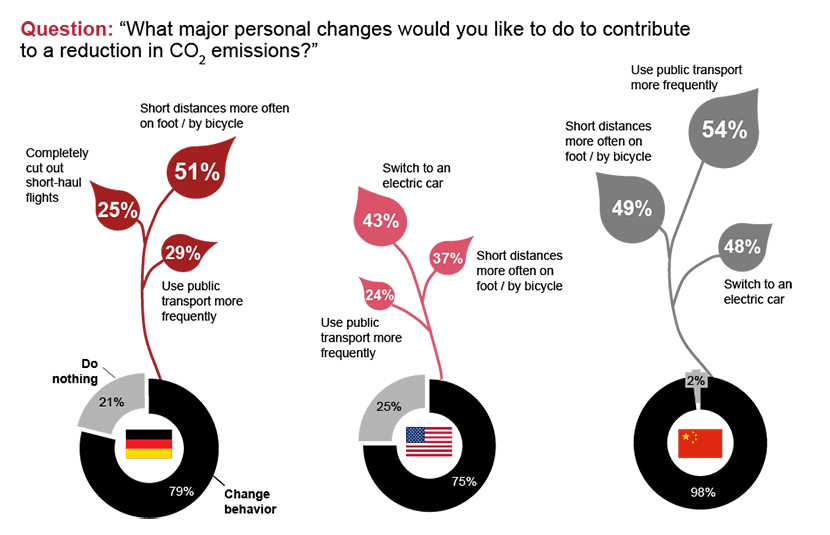1. Getting the user interface right
The relevant market for automotive players is expanding beyond the car itself – maintaining user access is therefore crucial and business models need to be redefined to meet human-centric mobility needs. Successful mobility ecosystem players are clear on four key topics:
- Experience differentiators: Getting the digital interface right means creating a differentiated experience along heterogeneous customer needs
- Portfolio scope: A value creating digital service portfolio requires automotive players to balance multiple trade-offs
- Monetization levers: Digital services unlock value beyond direct user monetization – along the value chain and vehicle life-cycle
- Value chain integration: OEMs are forced to partner with technology players to deliver compelling digital services – with risk of loosing control
2. Rethinking selling vehicles
As alternative ownership models such as subscription emerge, OEMs need to gear up their vehicle lifecycle management skills. In general, alternative ownership models need to create a win-win situation for customers and OEMs. Currently, they mostly pay into the strategic agenda of OEMs. For future flexible ownership models, strong customer centricity and efficient asset management leveraging used cars is needed to overcome profitability challenges of existing offerings.
OEMs may leverage their existing retail network and preferential vehicle acquisition conditions as differentiator to start-up competitors.
3. Going beyond the vehicle
The rise of e-mobility provides ample opportunities to capture value beyond the vehicle – e.g. along battery and charging. For the successful realization of bi-directional charging use cases, the infrastructure and vehicle penetration are key requirements. The front-of-meter prosumer use cases depend on a multitude of external factors limiting mainstream adoption in short term. In order to realize and scale them up, they require efficient stakeholder coordination and management of their fears.








